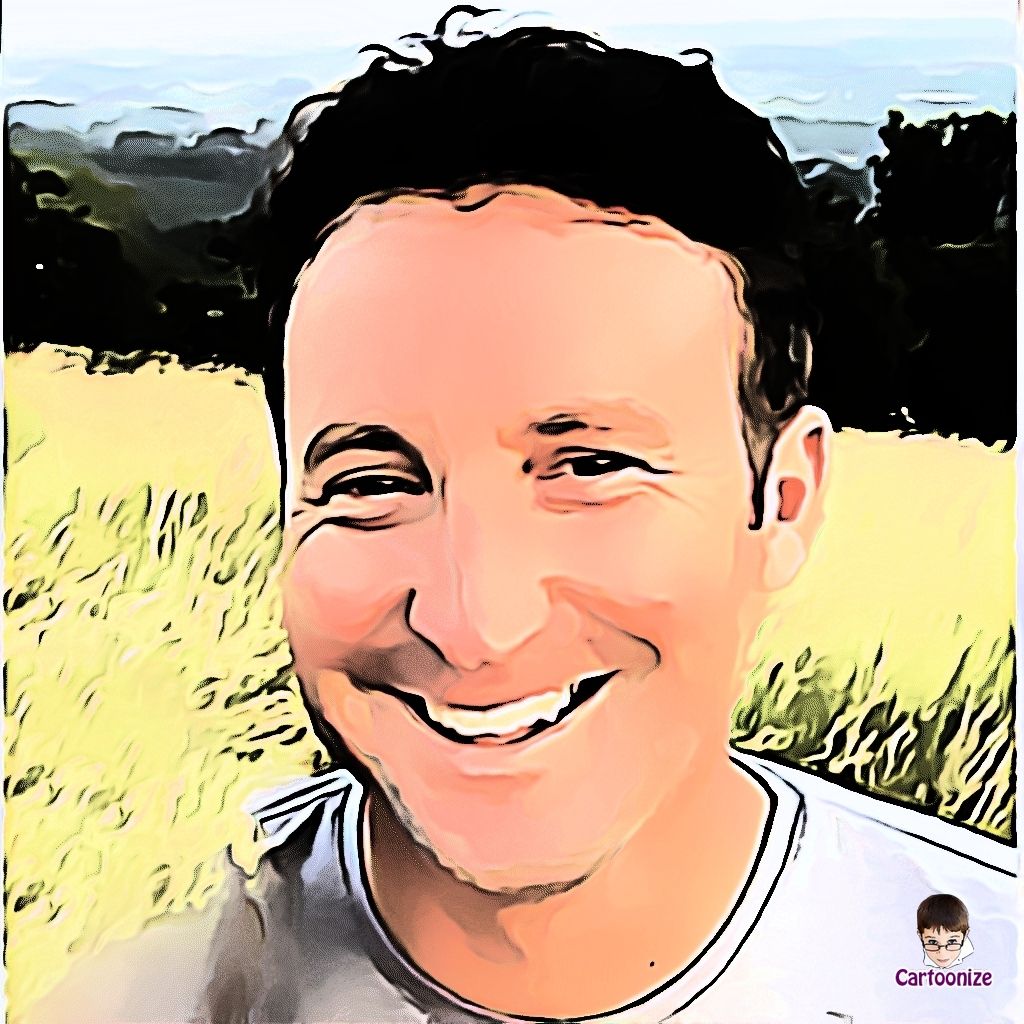On Monday, October 20, 2025, the Kingdom of Denmark hosted a meeting with Heads of Delegation from the Indigenous Permanent Participants, as well as the Chairs and Secretariats of the Arctic Council’s Working Groups on the margins of the Arctic Circle Assembly in Iceland.
The purpose of these meetings, which took place in Reykjavik, was to strengthen communication, cooperation, and alignment across the Council. As representatives of the Arctic states and Senior Arctic Officials, it is crucial to maintain close dialogue with both the Permanent Participants and the Working Groups. This is a regular meeting point during the Chairship cycle and helps to fulfill the Council’s mandate effectively.
Kenneth Høegh, Chair of the Arctic Council for the Kingdom of Denmark, stated, “The very foundation of the Arctic Council is built on inclusive decision-making, with Permanent Participants playing a central role in shaping the Council’s direction. Likewise, the Working Groups form the backbone of the Council’s work. Without open and consistent communication with them, we wouldn’t be able to fulfil our mandate effectively. In fact, we should be actively looking for ways to further strengthen the communication and collaboration within the Council.”
During the Norwegian Chairship (2023-2025), meetings with the Permanent Participants and subsidiary bodies were initiated. The Kingdom of Denmark continues to host these meetings and regularly engages with all Arctic States, Permanent Participants, Working Groups, and Observers.
“Consultations with the Permanent Participants and the Working Groups are vital and indispensable. I personally rely on their guidance, and so do my fellow Senior Arctic Officials. As diplomats, we don’t have all the answers. It’s those who are on the ground, who live the Arctic reality every day, who provide the insights we need to make informed decisions,” said Kenneth Høegh.
In the meeting with the six Indigenous Peoples’ organizations that have Permanent Participant status in the Arctic Council, the Kingdom of Denmark shared key takeaways from the first five months of their Chairship. High on the agenda were updates on initiatives and cross-cutting priorities with Permanent Participant contributions in the Kingdom of Denmark’s Chairship program.
“A core principle of the Arctic Council — and a priority for us — is to ensure that Permanent Participants remain meaningfully involved in decision-making processes,” said Høegh.
During the meeting, each Permanent Participant presented their updates and priorities. Chief Bill Erasmus, Head of the Arctic Athabaskan Council, stated, “The meeting was constructive and provided a good opportunity to align and plan how we can work together going forward.”
“Permanent Participants are official members of the Arctic Council—seated at the table alongside the states. We represent our nations and peoples, and our role is integral. Continuous dialogue between the Chair and Permanent Participants is necessary to maintain the integrity of the Council’s work,” he continued.
Chief Gary Harrison, chairman of the Chickaloon Native Village in Alaska and representative of the Arctic Athabaskan Council, agreed and added, “As many of the Senior Arctic Officials are new in their role and lack the historical context of how the Arctic Council has worked in the past, we must meet with them and remind them of that history. We emphasized that Indigenous Peoples are not just stakeholders; we’re foundational partners in the Arctic Council. Our participation is not symbolic, and our voices must be included in all decisions.”
In the meeting between the Chairship and the Council’s six Working Groups, discussions included Working Group work plans, upcoming and future events, as well as common strategies moving forward. In February 2024, virtual meetings of the Council’s subsidiary bodies resumed, enabling scientific collaboration as well as the Council’s projects and initiatives to further advance.
“In my view, that shift has led to significant improvements. This autumn, I’ve listened in on several of the plenary sessions, and it’s clear that the Working Groups are very much alive and kicking—they’re active and continuing their important work. New projects are being developed and endorsed,” said Høegh after the meeting.
When asked about his key takeaways from the meetings this week, Høegh said, “The main message I’ve taken from both the Permanent Participants and the Working Groups is their strong desire to work as efficiently as possible. I fully understand that, and we are doing our best to identify and implement the most effective solutions, given the realities and constraints we face.”
He also stated, “Despite the challenges, the Council continues to deliver. Just look at the work we’ve seen from AMAP (Arctic Monitoring and Assessment Programme) this spring—two substantial, scientifically rigorous reports that are genuinely impressive. These are clear examples of what the Council and its subsidiary bodies are still capable of producing. We should recognize and remember these successes. They are a testament to the resilience and relevance of the Arctic Council.”

Derick is an experienced reporter having held multiple senior roles for large publishers across Europe. Specialist subjects include small business and financial emerging markets.
